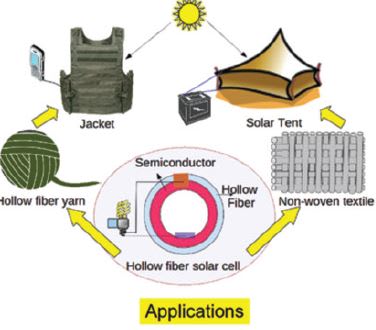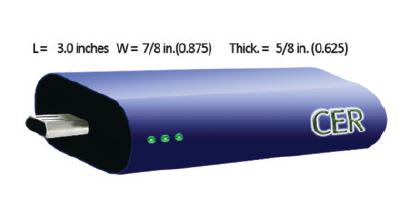The Paradigm Shift in Wind Turbine Technology
Glen Lux
Lux Wind Power Ltd., Saskatoon, Saskatchewan, Canada
Imagine a renewable energy source that can produce energy at a cost comparable to natural gas or hydroelectric generators using fewer resources, while being environmentally friendly. Lux Wind Turbines are expected to cost less than half that of conventional turbines, and can be spaced closer together to extract more power with less land.

Conventional three-bladed wind turbines are expensive because they are overweight. They require excessive material to support the cantilevered tower and each of the three cantilevered blades. The Lux Wind Turbine, a vertical axis wind turbine (VAWT), rotates around a vertical axis and does not require a tower or central column, lowering the total weight to less than half of the conventional turbines. This design uses six blades connected to a hub at the top and bottom of the rotor. The blades are also supported with cross cables running from blade to blade, forming a hexagon. Other advantages include an extremely low center of gravity (ideal for offshore applications), the mechanical components are at ground level, traction drive eliminates the need for an expensive gearbox, and the blades are fully recyclable.
Computer models, developed by the National Research Council’s Institute of Aerospace Research (IAR) in Ottawa, Canada, show the blades have very little displacement, even in hurricane winds. These models, along with several prototypes, illustrate the turbine has an excellent power output, is lightweight, extremely durable, and scalable to almost any size.
Watch a video demonstrating the Lux Wind Turbine on Tech Briefs TV. For more information, visit the entry
Honorable Mentions
Solar Textile: Ultra-Light, Low-Cost, Flexible, and High-Efficiency Solar Energy Harvesters
Ramki Kalyanaraman,
University of Tennessee, Knoxville, TN

Imagine if the fibers making our clothes are efficient converters of light into energy. This patent-pending design for an ultra-light and high-efficiency solar fiber consists of making an inorganic solar cell inside hollow polymer fibers with small diameter (50-100 micron) and long lengths (1 to 10 m). The high efficiency to convert light into electricity will come partly from the ability to capture light incident from any direction and trap it within the hollow fiber. The technology scales up light energy harvesting products to carpets, curtains, tents, and even textile-based solar farms, as well as scenarios requiring energy sources far from convenient locations, such as disaster-affected or remote areas.
For more information, visit the entry
Energy Cell with Multilayer Capacitors
Denny Wheeler,
Crystalline Energy Research (CER) Co., Nampa, ID

This miniaturized electric energy storage cell for cellphone charging can store approximately 75,000 mAh when fully charged. Through the 5.0V micro-USB outlet port, it will charge an Android™ type cellphone approximately 23 times. It will be slightly larger than a typical thumb drive memory, weigh about 3 ounces, and can be charged overnight from a household 110-120 AC outlet. The energy cell will utilize an array of multilayer ceramic capacitors (MLCCs) manufactured from ceramic dielectric capacitor materials. The dielectric materials operate from -70 to +250 °C, and do not contain toxic or hazardous chemicals or electrolytes. Applications include energy storage for electric vehicles, wind turbines, and photovoltaic modules.
For more information, visit the entry

